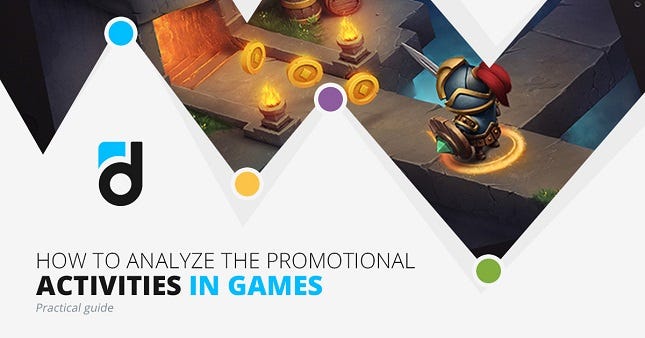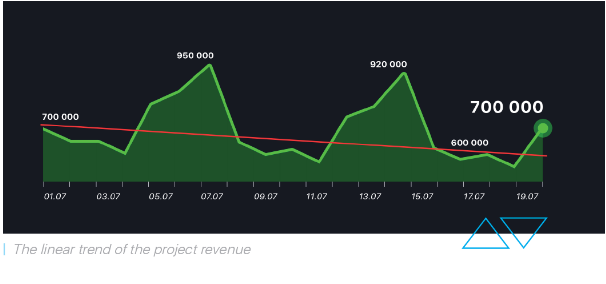How to analyze the promotional activities in games
Ever tried to conduct a promotion in game? Did you manage to evaluate its impact correctly? Or maybe something went wrong and the outcome was far from the expected? Read the how-to guide "How to analyze promotional activities in games"


How in-game promotional activities are usually evaluated
Carrying promotions with discounts is a part of a monetization strategy for many projects. But practice shows that not everyone knows how to properly evaluate their effectiveness. Let's try to figure it out with the help of an example: the game makes a discount for the purchase of virtual currency. The discount equals to 25%, it is given at the time of the purchase, the promo takes place on July, 20 and lasts for 24 hours. How can we measure its results?
The most flawed method
Following the results of the campaign on July, 21, the revenue is measured. Let’s assume that revenue for July 20 amounted to 1 million rubles and the analyst reports: the effect of the promotional campaign equals to one million rubles.
A standard flawed method
Let’s answer the question: how much money we would get, if the promotional campaign didn't take place?
 We need to calculate the average of the last N days. For example, from the 1st to the 19th of July. On average, for each day of July, we received 693,000 rubles, and following the results of the campaign - a million. Consequently, the result is 1 000 000 - 693 000 = 307 000 rubles.
We need to calculate the average of the last N days. For example, from the 1st to the 19th of July. On average, for each day of July, we received 693,000 rubles, and following the results of the campaign - a million. Consequently, the result is 1 000 000 - 693 000 = 307 000 rubles.
A somewhat more logical, yet still flawed method
Let's try to consider trend and seasonality. Firstly, as we may see, there is seasonality by the days of the week, and the revenue maximum is achieved on Wednesday and Thursday. Secondly, we see that in general there is a decreasing trend, which is explained by the underestimated activity of the target audience in this month (in the gaming industry reduced activity is often observed during the summer months, which is reflected in the reduction of both the audience and the average check).

Thus, taking into account the trend, seasonality and forecast for Wednesday, July, 20 - the revenue equals to 741 000 rubles. We got a million, thus 259 000 is the effect of the promotional campaign.
Almost the right way to do things
Let’s figure out if we could reduce the future revenue by this promotional campaign.
We can build a forecast of what could be the revenue without the promotional campaign (trends + seasonality of the previously accumulated data), then wait a few days before the actual revenue is close to the forecast (in the absence of other significant changes during this time). And only then we make the measurements.
The fact is that the demand for goods is often reduced after the promotions. Some call it the residual effect, some - "hangover effect", and revenue graphs may have such a conditional view:

In this example, the average revenue amounts to 100 thousand a day, and on the promotion day it was equal to 300 thousand. So, 200 thousand is the instant effect, but first let's calculate how much money we have lost during the days after the promotion, before the revenue didn't rise back to 100 thousand.
Here the loss for 7 days after the promotional campaign amounted to 215 thousand rubles. Therefore, the promotion worked in the negative, and we lost 15 thousand rubles due to it.
The same calculations could be carried out, if we denoted the trend line, and then calculated the area of figure over the trend and subtracted from it the area of figure below the trend.
Finally, the right way to do things
We make the same calculations, but additionally check if we laid the time bomb by this action: whether we blurred the virtual currency, reduced the consumption, generated the in-game inflation and so on. In other words, we should also check the long-term risks associated with this promotional activity.
Did you recognize yourself in one of the ways? We hope that it is the one towards the end of the list.
We will consider all stages of the promotional activity in the game, starting from the idea of its creation and ending with a thorough analysis of the results. The fact is that promotions represent a simple way to increase the revenue of the game that does not require any changes in balance or changes in game mechanics. The method is simple, but concealing a sufficient number of pitfalls.
Read more about:
BlogsAbout the Author(s)
You May Also Like












